The modern world moves at a breakneck pace, leaving many of us grappling with anxiety that lingers like an unwelcome guest. In recent years, an ancient practice has re-emerged as a powerful antidote to our collective unease - not through medication or traditional therapy, but through the simple act of putting brush to paper. Art therapy, particularly painting, has shown remarkable effectiveness in helping individuals navigate the turbulent waters of anxiety disorders.
What makes painting such a potent therapeutic tool isn't just the final product that emerges on the canvas, but the entire process of creation. When we paint, we engage in what psychologists call a "flow state" - that rare moment when time seems to dissolve and we become completely absorbed in the present moment. This state of focused attention creates a natural barrier against the intrusive thoughts that fuel anxiety. The rhythmic motion of brushstrokes, the tactile sensation of pigments mixing, the visual dance of colors blending - these sensory experiences ground us firmly in the here and now.
Neuroscientific research reveals fascinating insights into why painting affects our brains the way it does. The act of creating art stimulates the release of dopamine, often called the "feel-good" neurotransmitter. This natural chemical boost helps counteract the cortisol spikes associated with anxiety. Furthermore, painting engages both hemispheres of the brain - the logical left side that plans composition and technique, and the emotional right side that expresses feelings through color and form. This bilateral engagement creates a unique form of cognitive integration that verbal therapies alone often can't achieve.
Clinical studies have documented significant reductions in anxiety symptoms among participants of art therapy programs. One particularly compelling study followed a group of adults with generalized anxiety disorder through an eight-week painting intervention. By the program's end, participants showed not only decreased anxiety scores but also improved sleep patterns and enhanced emotional regulation abilities. The researchers noted that the non-verbal nature of painting allowed participants to access and process emotions that they struggled to articulate in words.
The beauty of painting as therapy lies in its accessibility. Unlike some forms of treatment that require specialized training or equipment, painting demands nothing more than basic materials and a willingness to engage with the process. This democratization of healing means that anyone, regardless of artistic skill or financial means, can harness its benefits. Many therapists recommend keeping a small "anxiety sketchbook" - a private space to visually express worries and fears without judgment or the pressure to create "good" art.
Different painting techniques offer distinct therapeutic advantages. Watercolor, with its fluid, unpredictable nature, teaches surrender to uncertainty - a valuable lesson for anxious minds that crave control. Acrylics allow for layering and correction, modeling how we might approach life's challenges with patience and the knowledge that mistakes can be transformed. Even the simple act of finger painting, often dismissed as child's play, can reconnect adults with sensory experiences that calm the nervous system.
Art therapists emphasize that the healing power of painting isn't about creating museum-worthy pieces. In fact, they often encourage clients to destroy their creations after completing them, reinforcing the idea that the value lies in the act of expression rather than the product. This liberation from perfectionism can be particularly freeing for individuals whose anxiety stems from excessive self-criticism or fear of failure.
Group painting sessions add another dimension to the therapeutic experience. Sharing creative space with others fosters connection while maintaining personal boundaries - participants engage in parallel play much like children do, experiencing companionship without the pressure of direct interaction that sometimes triggers social anxiety. These groups often develop into supportive communities where members feel understood without having to explain themselves verbally.
As mental health professionals increasingly recognize the limitations of pharmaceutical-only approaches to anxiety treatment, painting and other art modalities are gaining legitimacy in clinical settings. Many hospitals now incorporate art rooms where patients can process medical anxieties through creative expression. Schools are implementing art-based mindfulness programs to help students manage academic pressures. Even corporate wellness initiatives are introducing painting workshops as stress-relief tools for employees.
The science behind why painting alleviates anxiety continues to evolve, but the lived experiences of countless individuals confirm its transformative potential. In a world that often values speed and productivity over reflection and emotional awareness, the simple act of painting creates a sacred pause - a space where anxious minds can find respite, process complex emotions, and rediscover their innate capacity for calm and joy.
Perhaps most remarkably, painting therapy often reveals hidden strengths in those who practice it regularly. What begins as a coping mechanism for anxiety frequently blossoms into a rediscovered creative voice, a sharper emotional awareness, and even a newfound sense of purpose. The canvas becomes both mirror and map - reflecting inner states while charting a path toward greater emotional balance. In this way, painting does more than temporarily soothe anxiety; it helps rebuild the relationship we have with our own minds.

By /Jul 9, 2025
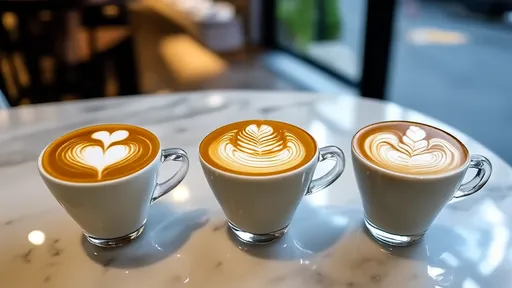
By /Jul 9, 2025
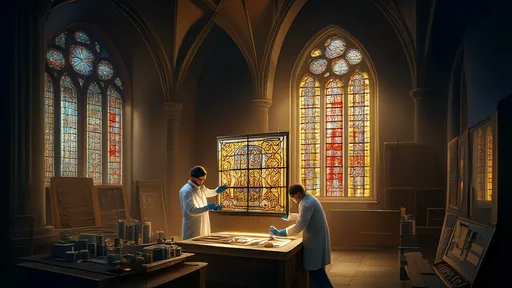
By /Jul 9, 2025
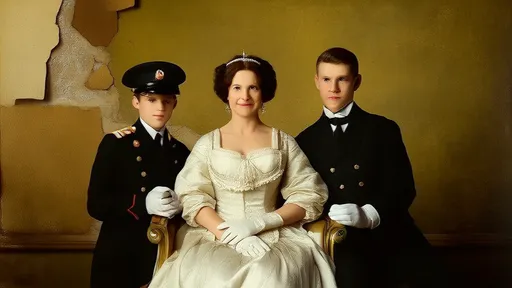
By /Jul 9, 2025
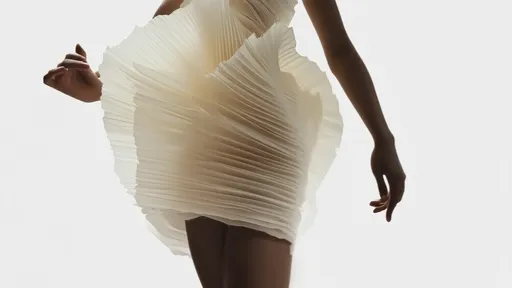
By /Jul 9, 2025

By /Jul 9, 2025
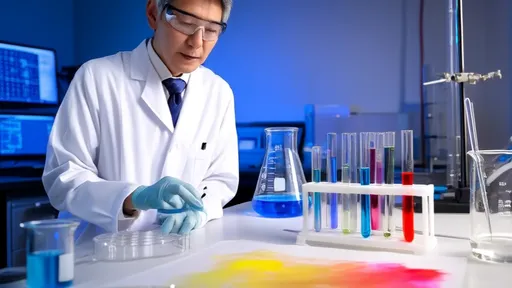
By /Jul 9, 2025

By /Jul 9, 2025

By /Jul 9, 2025

By /Jul 9, 2025

By /Jul 9, 2025

By /Jul 9, 2025
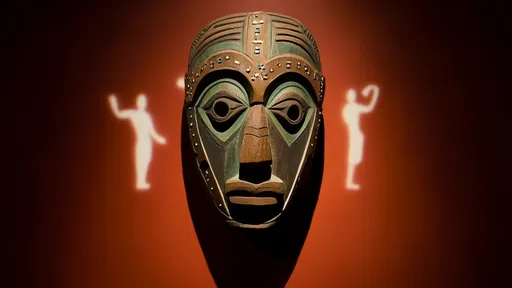
By /Jul 9, 2025
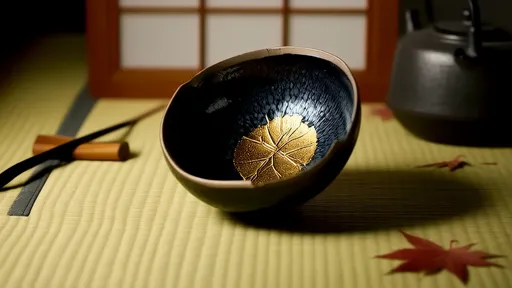
By /Jul 9, 2025
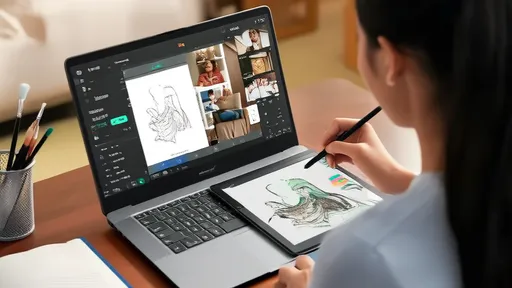
By /Jul 9, 2025
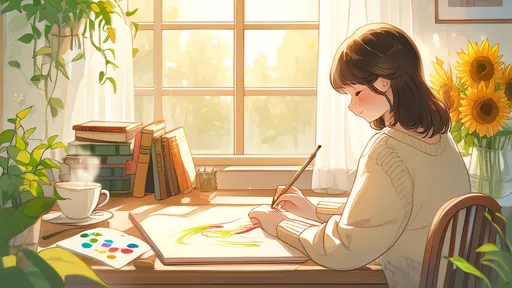
By /Jul 9, 2025

By /Jul 9, 2025
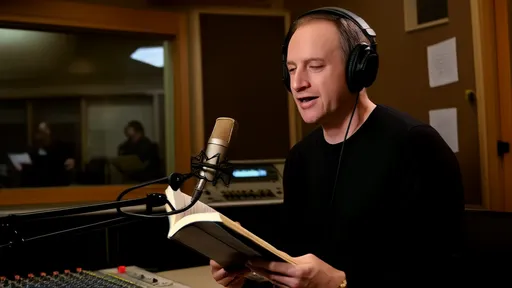
By /Jul 9, 2025